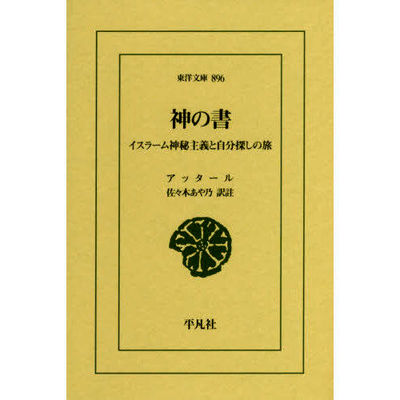Heibonsha, a Tokyo-based publishing house best known for producing dictionaries, encyclopedias and books on art, history and philosophy, is the publisher of the book, Iran’s Islamic Culture and Relations Organization (ICRO) announced on Monday.
The book has been translated by Ayano Sasaki, a professor of Persian literature at the Tokyo University of Foreign Studies.
In a preface to the book, Sasaki wrote that she has rendered the book into Japanese based on a version of the Elahi-nameh that was corrected by Mohammadreza Shafiei Kadkani and published in 2006.
The idea to translate the book dates back about ten years when Sasaki was invited by Yuko Fujimoto, a professor of Persian literature at the Osaka University of Foreign Studies, to collaborate on a study project on women in the Elahi-nameh, she explained.
For the first time, Sasaki announced her collaboration on translating the Elahi-nameh during a two-day conference on Attar organized at the University of Isfahan in April 2015.
“It is hard to translate a literary text, especially a Persian one, into Japanese. Cultural and literary differences cause these difficulties,” Sasaki said.
“One of the differences is the melodies that the words have in the classical Persian literature,” she stated and added that it is impossible to transfer the melodies in translation.
“Japanese people welcome instructive, sweet and satirical stories, including the narratives that are in Attar’s works,” said Sasaki who is the author of many articles including “Basic Principles of Persian Prosody” and “Selection of Classical Persian Poetry Meters”.
Attar is mostly known for the Mantiq at-Tayr (The Conference of the Birds), an allegorical poem describing the quest of the birds (i.e., Sufis) for the mythical Simorgh, or Phoenix, whom they wish to make their king (i.e., God).
His Elahi-nameh and the Mosibat-nameh (“Book of Affliction”) both are mystical allegories similar in structure and form to the Mantiq at-Tayr.
Source: Tehran Times

